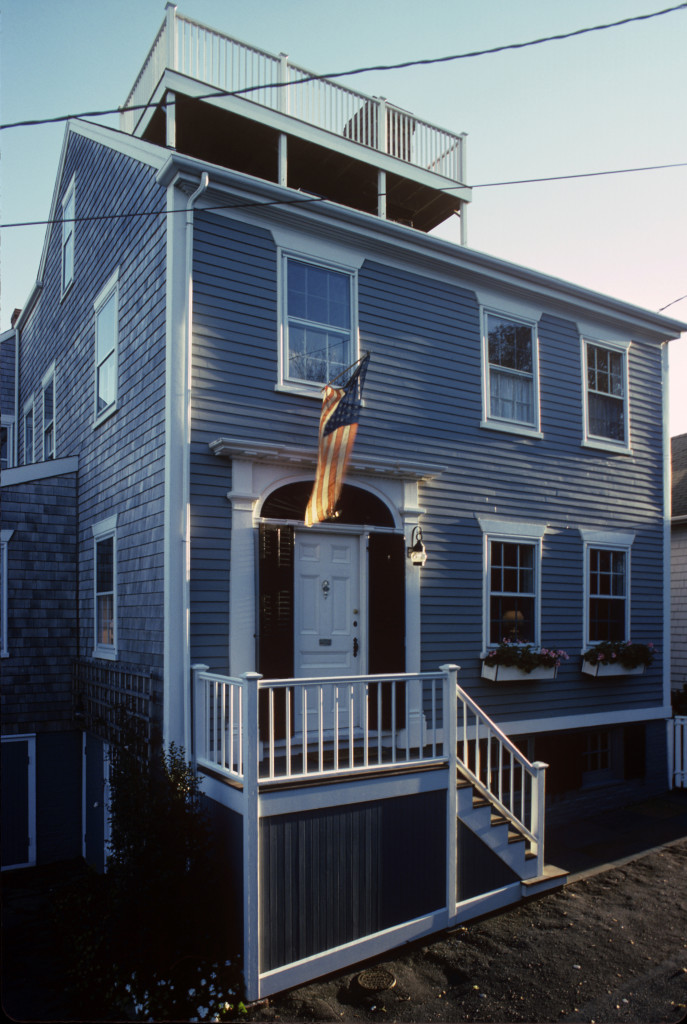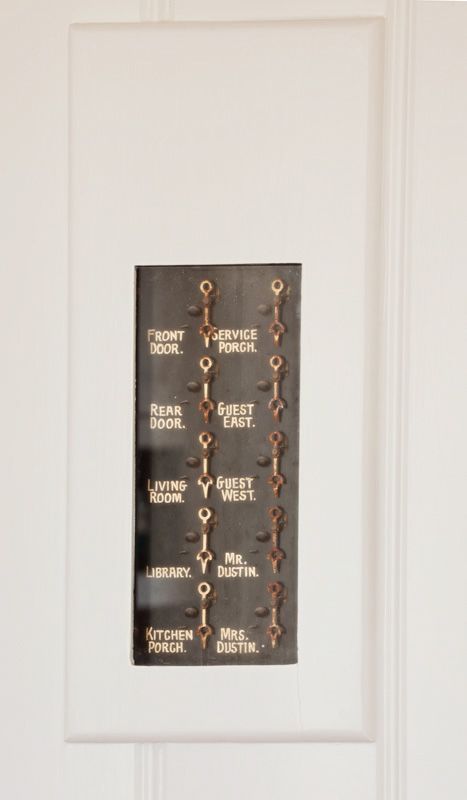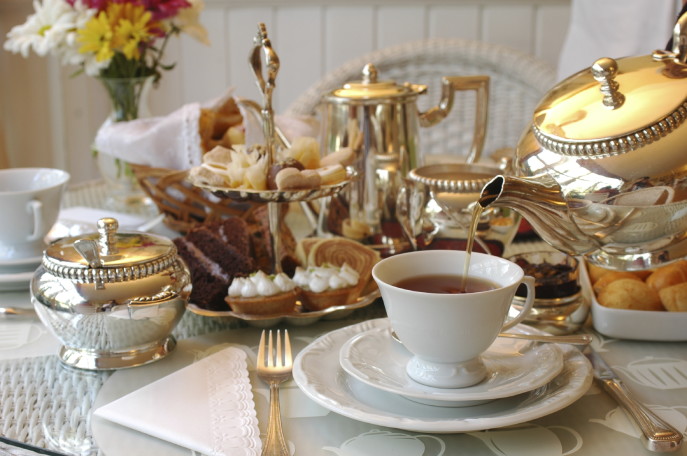One of the real pleasures of watching movies and television, especially for an interior designer, is the careful attention that is paid to the sets, allowing us to be transported to another world. As Masterpiece Theatre’s Downton Abbey series draws to a close this month, we’ll say goodbye not only to the characters and their fictional lives in Edwardian England, but also to Highclere Castle, the real life Georgian Mansion that dates back, in its current form, to a renovation in 1838.
Part of my fascination with the series and its setting is based on my respect for historical properties. I’ve restored antique homes and designed interiors for historic houses on Nantucket, and have taken meticulous care to be sure that irreplaceable historic treasures have been preserved. The first renovation I undertook was the Captain Parker House on Nantucket. It’s not Highclere Castle, but its original owner held a place among ship captain “royalty” in his own time.

I’ve designed interiors for another renovated home on Nantucket, this one from the Edwardian era. One of my favorite things in this house is the servants’ call box on the wall in the kitchen, allowing the mysterious Mr. and Mrs. Dustin, long lost to time, to summon their servants when they wanted them.

Not quite as large as Downton Abbey’s, but still a vestige of another era.
A new book, Downton Abbey: A Celebration, The Official Companion to All Six Seasons, has just been published by St. Martin’s Press, and takes us on a journey through the house and estate. We have the pleasure of traveling from the Great Hall to the servant’s hall, bedrooms to boot room, getting a glimpse of some of the gorgeous architectural details and lovely furnishings that were used for the show–and are still in use by the current (8th) Earl and Countess of Carnavon, the castle’s owners, seen below.
Come take a walk with me through some of my favorite rooms. The photographs were provided courtesy of St. Martin’s Press, and the fascinating details are from the book by Jessica Fellowes, the niece of show creator Julian Fellowes.
As a Downton Abbey set, the Library functions as Robert’s study during the day. As Country Life Magazine described it in 1959, “it is full of rich plumpness and masculine opulence.” This room was decorated by Thomas Allom, an English architect and illustrator, who created a perfect setting for the master of the house. The shelves are home to more than 5,600 books, some dating back to the 1500s. Robert has a ledger in which everyone must write down the book they are borrowing–this way, he makes sure they are returned. Servants in the house were invited to borrow books, too.
This is also the room where the family gathers for tea, in the late afternoon. A footman is on hand to pour the tea and pass out slices of cake, especially to the children, who are brought by the nanny to see their parents here once a day.

photo from istock
The dining room is the heart of the formal lifestyle for both the Downton Abbey cast, and the residents of Highclere Castle over the generations. The room is dominated by an equestrian portrait of Charles I, by Sir Anthony van Dyck, a Flemish Baroque painter who was the leading artist of court portraits in the 17th century. According the book, Downton Abbey’s food stylist prepares at least seventy servings of the family dinner while the cast is filming over ten to twelve hours, to keep the food fresh. After each take, levels of wine in each glass, amount of food on the plates and the heights of the burning candles are checked for continuity. The table belongs to Highclere Castle, and can seat 18.
Of course, before the Crawleys can appear in the dining room, everyone must dress for dinner. Cora’s bedroom is a copy of the blue Mercia bedroom at Highclere, with eighteenth century four poster bed and silk hangings. The colors in this room are light and on the pale side, reflecting Cora’s sweetly feminine nature. Her dressing table is set between two large windows, with an oval mirror and two small lamps, her ladies’ maid, Baxter attends to her needs every morning and evening. Ladies’ maids were expected to plan their mistress’s wardrobe, remove jewelry from the safe when it was to be worn, and in many cases, have complete control over the bedroom: their special domain.
Mary’s bedroom is an exact reproduction of another room in Highclere, with a four-poster bed and dramatic red print wallpaper. The paint is Green Smoke, by Farrow & Ball, and is more austere than her mother’s. That’s not to say that it skimps on luxury, though. The bed is made up with ivory linen sheets, commissioned by the Downton Abbey art department to have the monograms of the Crawley family crest on them. The set directors are strict about how the beds are made: bottom sheet, top sheet, ribbon-edged blanket of cashmere wool, and then an eiderdown. During the day, there’s also a bedspread. In the evening, there’s a special way of turning the sheets back.
Mary’s dressing table sits between windows, too, and has a three-leafed mirror, flowers, and a photograph of Matthew and Mary on their wedding day, along with a handheld mirror, porcelain boxes and trays for trinkets. In keeping with the tradition of the age, however, the room is decorated for the house, not for Mary. She has few personal items there. Women today may be surprised to find out how small a typical wardrobe was in the 1920s: the costume department keeps Mary’s wardrobe as it would have been historically–ten shirts, five suits, some evening dresses, and pointy shoes with chunky heels.
The Earl and Countess of Carnavon have a wonderful website created especially for Highclere Castle, with an entire segment devoted to Downton Abbey, including a video about what it’s like to film there. The six seasons of Downton Abbey will remain a classic for those of us who have loved being invited in, but as Lady Violet Crawley, the Dowager Countess says: “No guest should be admitted without the date of their departure being known.”
So let’s just say our goodbyes here, shall we




